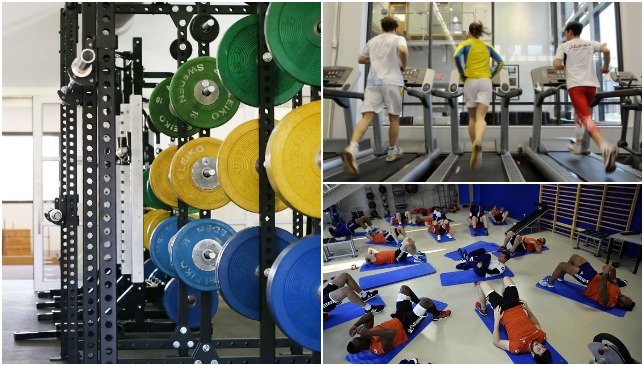
It can be very easy to overtrain.
And it can happen to world-class professional athletes or just regular gym-goers. It’s tempting to just keep training and pushing your body to the limit but without regular rest and recovery – you won’t see the results you are looking for.
In fact, overtraining can lead to injuries which will stop you from training altogether.
Here are three signs that you might be over-exerting yourself in the gym, on the track or out on the field:
MUSCLE SORENESS
It’s normal to feel a few aches and pains the day or two after a tough workout or run but if the soreness isn’t going away, then it’s a sign you’ve overworked your muscle groups.
This will actually have a negative effect on your ability to build muscle and work towards your goals.
Regular recovery techniques such as stretching, ice, foam rollers and days off in-between training can rapidly prevent this. The key is giving your body time to recover.
INCREASED INJURY
Are you picking up injuries more often? Are you re-aggravating old injuries and carrying the same niggles time and time again? If the answer is YES to all these questions – then you are overtraining and potentially training in the wrong way. Look at the types of activities you are undertaking, lower the intensity and build in active recuperation time. Again, it is important to listen to your body.
SLOW PROGRESS
Whatever your sport, training programme or goal – are you seeing a decline in the general progress you want to make? If you don’t feel your body is changing in a positive way through your training, mix it up with more rest time and go for shorter, more intense sessions instead of long-haul activities in the gym or on the running track.
Share with us your training thoughts by commenting below.
Get in touch on social media too, on Twitter and via Facebook.